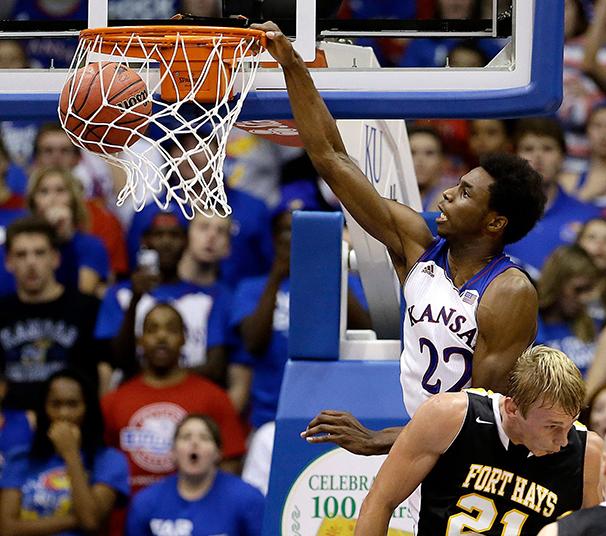
This year was poised to be the year of traditional powers at the NCAA Basketball Championship. Perennial contenders like Duke University, University of Kansas and Syracuse University were expected to make runs toward a national championship thanks to rosters with superior, NBA-level talent.
Following the tournament’s first two rounds, however, all three have been eliminated — rather than a Sweet 16 featuring top prospects Andrew Wiggins, Jabari Parker and Joel Embiid, basketball fans across the country are left with the likes of upstart programs at schools like University of Dayton and Stanford University. None were so embarrassed as Duke and its freshman phenom Parker, who were eliminated by little-known Mercer College in a stunning first-round upset.
In recent years, outcomes once thought to be nearly impossible are becoming commonplace. Lower seeds are now besting the tournament favorites nearly every year. The cause of this phenomenon is becoming clear — the increasing prevalence of the one-and-done athlete, or players who bolt for the NBA after a single season at the college level.
Long gone are the days of the beloved college basketball hero who remains at his university for multiple years, leaving as the heralded senior who led his school to a national championship before moving on to the NBA. Nowadays, with the allure of easy fame and fortune causing young prospects to jump to professional basketball as soon as possible, as well as the NBA’s age restrictions, players increasingly view a year of college as simply paying their dues before reaping the rewards of rich rookie contracts and hefty endorsement deals.
Storm clouds first appeared on the horizon nearly two decades ago, when Kevin Garnett became the first modern player to enter the NBA draft immediately following high school in 1995. A generation of preps to pros players, including Lebron James, Kobe Bryant and Dwight Howard, followed suit, sounding alarm bells at the NBA and NCAA. In an effort to funnel more talent into college basketball, the NBA imposed its age limit of 19 in 2006.
Even a year of top talent at basketball’s hallowed institutions has not been enough to stop the upsets. Recruiting has thus far failed to replenish lost talent at upper-echelon programs, narrowing the gap to smaller schools that have missed out on the nation’s top prospects. Schools like Mercer and Dayton, long unnoticed by top basketball pundits, are now able to compete with the mighty Jayhawks, Blue Devils and Tar Heels. Moreover, with many small school players remaining for three to four years for a shot at the pros, experience and leadership overwhelm the raw talent of once far superior programs.
Until either the NBA or NCAA steps in to force players to remain in the college game for more than a year, college basketball will become a more level playing field. The moniker of the traditional power is increasingly meaningless thanks to greater parity between big and small schools, and it may not be much longer before a smaller college basketball program finally claims an elusive national championship.
A version of this article appeared in the Tuesday, March 25 print edition. Charles Surette is a contributing writer. Email him at [email protected]






















































































































































